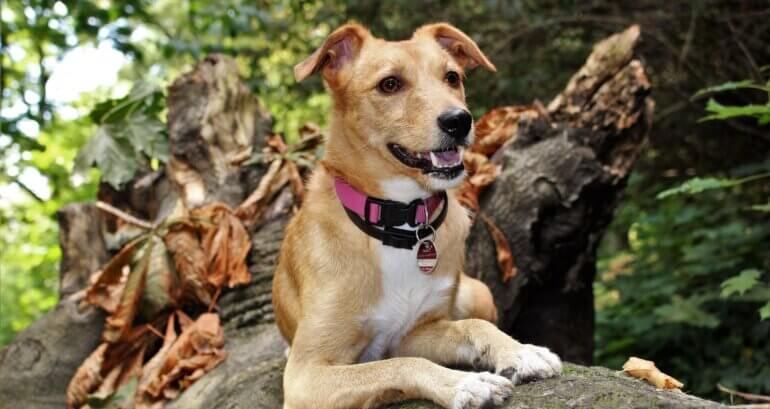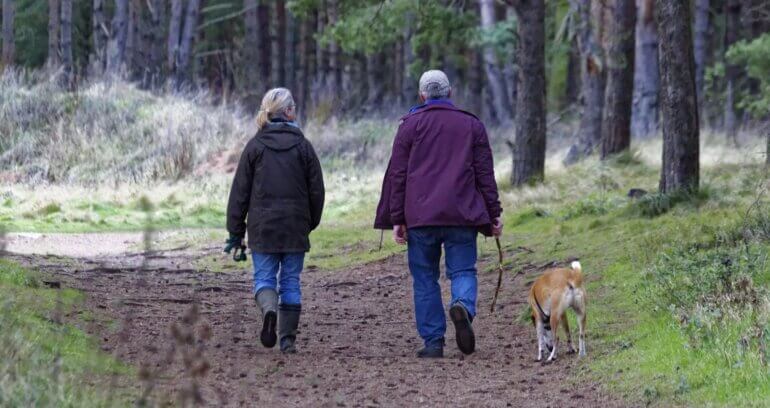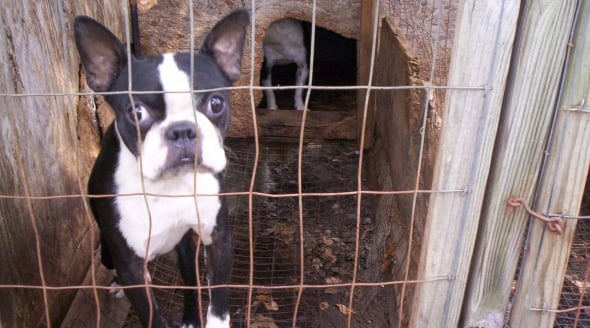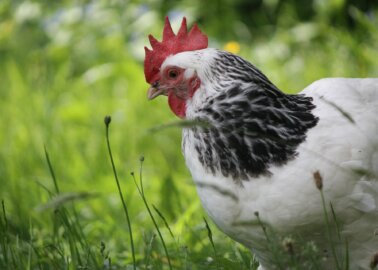How to Protect Your Dog From Dognappers
Reports of dognapping are hitting the headlines almost every week, and the epidemic doesn’t seem to be slowing. Beloved dogs are being snatched from homes and back gardens and even while they’re out for their daily walks.
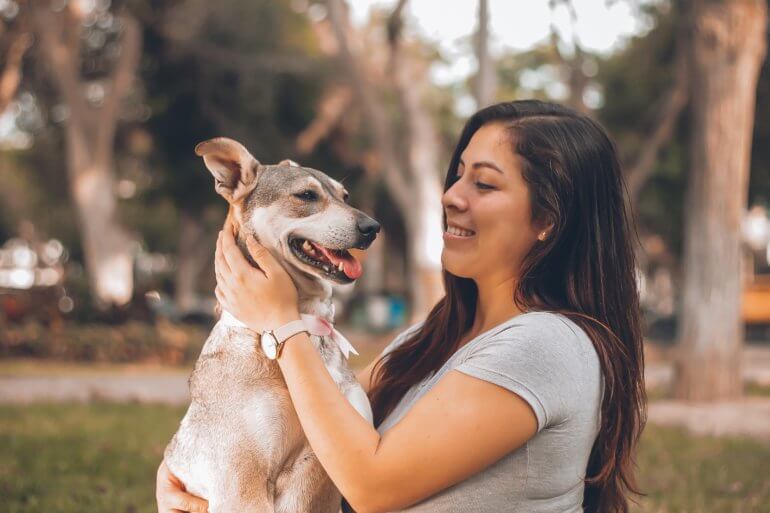
Kidnappers know that “purebred” and “designer” dogs sell for high sums, so they’re tearing animals away from their guardians without a thought about the emotional bonds between them.
We sincerely hope you never have to experience the pain of losing your best friend in such a way, so we’ve put together some advice to help prevent that from happening.
Make Sure You Microchip
This small action can have a big impact. Microchipping your dog can be the difference between finding your dog and losing them forever.
A microchip is a tiny electronic chip – around the size of a grain of rice – implanted under your dog’s skin. It doesn’t hurt and shouldn’t cause any more discomfort than a standard vaccination.
This little chip contains a unique number that can be read by a scanner. Once scanned, authorities can access your contact details in a central database and help reunite you with your dog.
Sounds simple, right? The catch is that guardians often forget to update their contact details if they move or get a new phone number, which means they can’t be contacted if their dog is found.
It’s a legal requirement for dogs to be microchipped, and to keep them safe, make sure you keep your details up to date. Unsure of where to get your animal microchipped and how to update your contact information? Just contact your veterinarian.
What’s on Their Collar?
It’s also a legal requirement for your dog to wear a collar when in public, but it’s the information on the collar that can really make a difference. While it’s a good idea to put your phone number or address on the tag, we’d advise you not to include your dog’s name. This may seem odd, but you’ll only help kidnappers if your dog responds when called.
Don’t Leave Them Alone
If possible, make sure your dog is never left alone and is always within view. Don’t leave them in a car – which is never a good idea, as your dog could become overheated and die – tied up outside a shop, or unsupervised in the garden.
If you’re going to be out for a long period of time, leave them with a trusted friend.
Take a Selfie
Not only is it cute to have pics of your pups, it could actually help prove you’re their true guardian. The photos can be used in posters should your dog go missing – though we hope it never comes to that and they remain in picture frames or on your social media feed.
We all love taking pictures of our dogs, but next time you do, make sure to get several angles and one with you in it, too.
Mix Up Your Walk
Most of us love a routine, but it’s important to vary your walk time and route, as some kidnappers target or snatch dogs during their walks. Changing things up could help prevent your dog from being targeted.
Beware of Strangers
Do not let strangers take pictures of your dog or pick your dog up. Even if they seem friendly, you can always politely refuse. Beware of anyone asking too many questions about your dog.
Secure Your Home
When was the last time you checked your fence for holes or that the lock on your garden gate works properly? To prevent potential break-ins, make sure both your home and your garden area are secure.
What to Do if the Worst Happens
We hope you never have to go through the pain of having your dog torn from you, but if you do, contact the police immediately. Insist that the police record the incident as theft and not a lost animal. Remember to ask for a crime reference number.
Also contact the microchip database so authorities can inform you if anyone tries to re-register the chip. Call local animal shelters and vets, too.
Make some noise. Put up posters, ask fellow dog walkers to keep an eye out, and even try to get the media involved. Share a clear photograph and details of the circumstances with everyone you can.
Adopt, Don’t Shop
Never buy a dog from a breeder. Pedigree puppies have a higher risk of being dognapped. Buying dogs – rather than looking to legitimate rescue groups and shelters – not only contributes to problems like kidnapping but also denies animals in shelters a chance to find a loving home.
Dogs at commercial puppy-breeding facilities are often kept in squalid conditions and treated like breeding machines. They’re forced to produce puppies continually and abandoned when they’re no longer able to.
Not only do rescued dogs and cats make terrific companions, mixed-breed animals are also likely to be healthier and live longer than their pedigree counterparts.
Help take the price tags off dogs – adopt, don’t shop.

